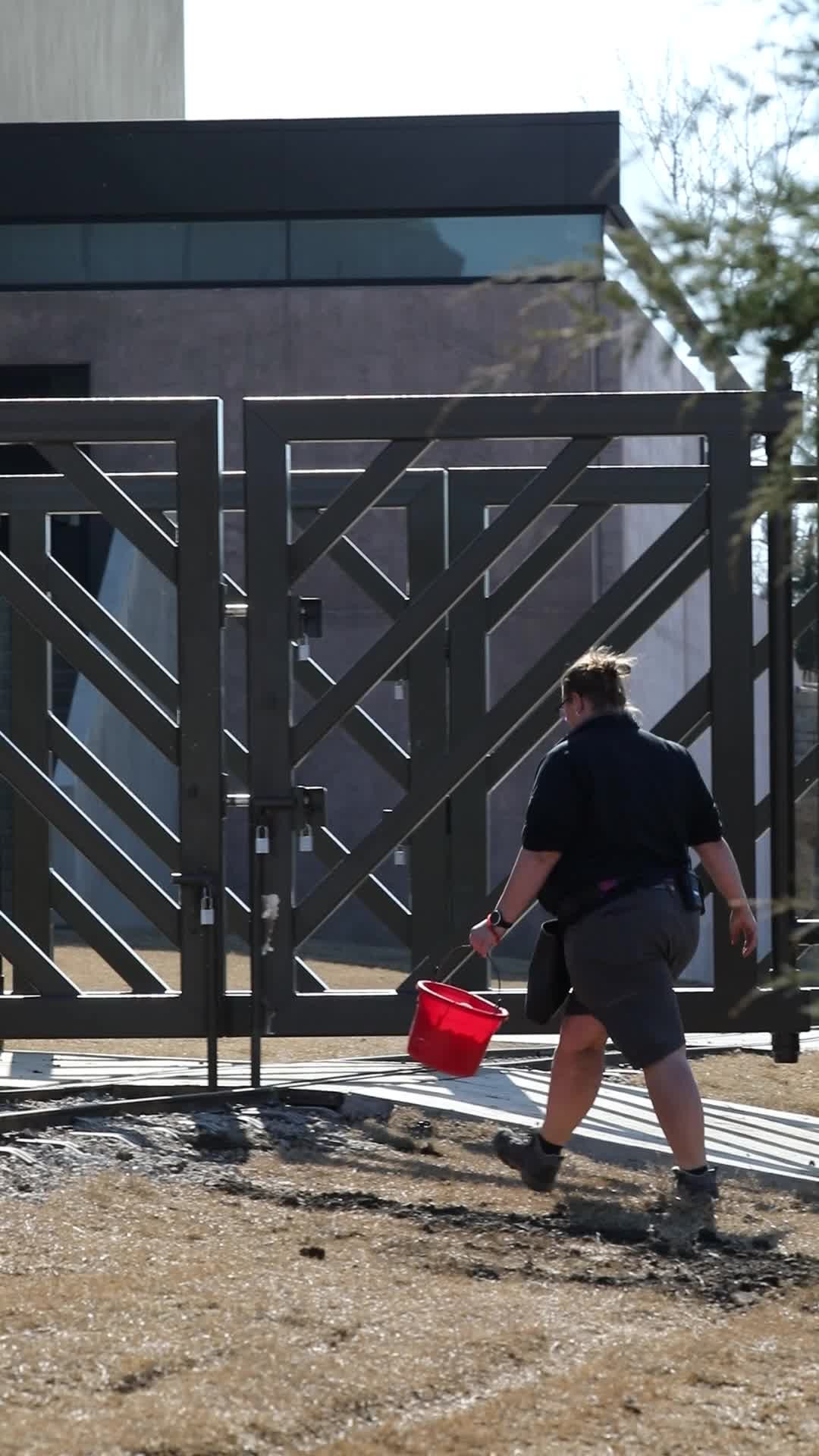– Transfer logistics and considerations for elephants moving to a new facility
– Design and features of the new Elephant Preserve Barn
– The role of technology and video documentation in wildlife management
– Challenges faced in animal transportation within a conservation framework
– Best practices in animal welfare during zoo transfers and relocations
Transferring elephants from their current facility to a new Elephant Preserve Barn requires meticulous planning, comprehension of elephant behavior, and a deep commitment to animal welfare. Such transfers necessitate physical means and encompass behavioral training to ensure the elephants’ comfort and safety throughout the process.
The start of any such transfer operation hinges on understanding the particular needs of these majestic creatures. Elephants are intelligent and sensitive animals with strong social bonds. Therefore, any move should consider the social dynamics of the group, individual health concerns, and the psychological implications of environmental change. Zoos and conservation programs should collaborate with experienced veterinarians, zoologists, and elephant behaviorists to create a comprehensive plan that addresses these needs.
One of the primary considerations in transferring elephants is the design and construction of the transport vehicle. The vehicle must be spacious enough to accommodate the elephants’ size and provide them with a secure footing. It should also be well-ventilated and temperature-controlled to ensure a comfortable journey, given that stress can significantly affect these animals. The vehicle’s design must also allow easy loading and unloading while minimizing risk to the animals and their handlers.
Training is another critical aspect of preparing elephants for transfer. Positive reinforcement techniques encourage the animals to enter and exit the transport vehicle willingly. This process can take weeks or even months, depending on the individual elephants’ adaptability and previous experiences. Consistent and patient training is crucial for minimizing stress during the actual transfer.
The new Elephant Preserve Barn is designed to become the elephants’ sanctuary, providing an environment accommodating their physical, psychological, and social needs. From the size and substrate of the enclosure to the inclusion of naturalistic features and enrichment opportunities, every detail must facilitate a high quality of life. It should mimic their natural habitat as closely as possible, with areas foraging, bathing, and social interaction.
Implementing technology plays a role in monitoring the transfer process and providing educational content for the public. Video documentation, like the one shared via social media, is vital for analyzing elephant behavior during transportation and adjustment to the new facility. It also offers a way for the public to engage with the process, increasing transparency and awareness about the complexities of wildlife conservation efforts.
The challenges of elephant transportation go beyond the physical logistics; they also encompass legal and ethical considerations. Compliance with regulations, such as those stipulated by the Animal Welfare Act and guidelines set by the Association of Zoos and Aquariums, is non-negotiable. Addressing conservation goals, such as maintaining genetic diversity and supporting population management, is also integral to such transfers.
Throughout the process, the best practices in animal welfare are paramount. This involves monitoring the elephants’ health and behavior closely, providing necessary veterinary care, and ensuring that the handlers involved are highly skilled in elephant care. It is also vital that contingency plans are in place to address any unexpected issues that may arise during the move.
Understanding these processes helps reinforce the delicate balance between animal welfare and conservation goals intrinsic to zoo management and wildlife conservation. By upholding the highest standards of care and utilizing the latest knowledge and techniques in the field, we can ensure that the elephants’ move to their new home at the Elephant Preserve Barn is successful and promotes their long-term well-being.
Transfers such as these are momentous occasions in the lives of zoo elephants and the professionals who care for them. It exemplifies the continual commitment to improving living conditions, advancing scientific understanding, and fostering a deep respect for these keystone species. Engaging the public through video allows a window into this intricate world, demystifying the process and highlighting the dedication required to facilitate such a significant transition.
While the transfer might seem like a single event, it represents a cornerstone of ongoing efforts to sustain and protect these magnificent animals. From meticulous planning to the final steps into their new environment, the journey captures the confluence of empathy and science that underpins modern-day animal conservation. Through educational initiatives in zoology and an unwavering focus on animal welfare, elephants’ transfers serve as a logistical operation and a testament to the care, expertise, and passion invested in securing a safe and enriching future for these iconic denizens of the animal kingdom.
*****
Source Description
How will our elephants transfer from their current facility to the new Elephant Preserve Barn? Watch this video to find out! 🐘


